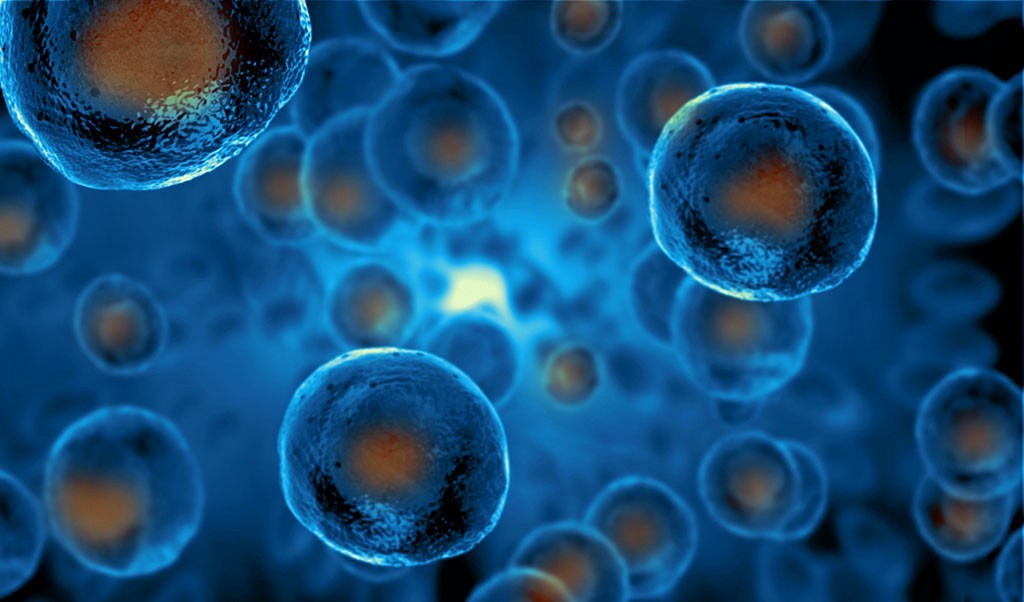
Let’s face it, many of us would love to stay youthful forever. With more understanding and science on how we progressively age, there may be ways to slow down aging, helping you live younger for longer. Aging is complex, it’s not as easy as addressing one mechanism because there are numerous aspects to this process. A major contributing factor to this process is the accumulation of senescent cells. Senescent cells are constantly created when a cell reaches its Hayflick limit, this is the limit when a cell can no longer divide through a process called mitosis. Each normal human cell can only replicate and divide forty to sixty times before it cannot divide anymore. Once it reaches this Hayflick limit it will either go through programmed cell death, apoptosis or becomes a senescent cell. Cellular senescence can also be induced by DNA damage, oxidative stress and oncogene activation. It is a process in which cells cease dividing and undergo distinctive phenotypic alterations, including profound chromatin and secretome changes and tumour-suppressor activation(1). The term senescence was first introduced by Hayflick and Moorhead to describe the phenomenon of irreversible growth arrest(1). The purpose of this cell-cycle arrest is to limit the proliferation of damaged cells, to eliminate accumulated harmful factors and to disable potential malignant cell transformation(2).
As we go through life, senescent cells accumulate, secreting proinflammatory cytokines which damage other cells and may trigger chronic immune reactions. This accumulation may also lead to tissue dysfunction and cancer whilst increasing the aging process(2). Our immune system has the ability to eliminate or deal with senescent cells, but this can become faulty as our age increases leading to less elimination. We are able to support our immune system in this process by looking after ourselves with how we eat and how often we exercise, but also through natural compounds that have senolytic activity (molecules that induce death of senescent cells and improve human health).
Fisetin
Fisetin is a natural flavonoid that is found in various fruits and vegetables, such as apples, grapes, cucumber and strawberries. Numerous studies have demonstrated the effect of fisetin against numerous diseases and it’s reported to have antioxidant, anticarcinogenic, anti-inflammatory, neurotrophic effects(4). It has also been found to have potent senolytic properties, reducing senescence which restored tissue homeostasis, reduced age-related pathology and extended median and maximum lifespan(3). As senescent cells resist apoptosis through upregulation of the senescent-cell anti-apoptotic pathways (SCAP), fisetin has demonstrated to overcome this(5). It has been identified that fisetin selectively inhibits BCM-XL/BCL-2 pathways which have been shown to be the “Achilles’ heel” of senescent cells(6).
Quercetin
Quercetin is another natural flavonoid (plant polyphenol) found abundantly in vegetables and fruits. Evidence suggests that quercetin has therapeutic potential in prevention and treatment of different diseases including cardiovascular disease, cancer and neurodegenerative disease(7). It has shown to have antioxidant, anti-inflammatory and anticancer properties whilst possibly being able to retard the aging process. It does this through its restoring effect on cellular senescence by the down-regulation of senescence activities and up-regulation of gene expressions of antioxidant enzymes(8). When taken with other senolytics, it demonstrates to increase the selective elimination of senescent cells, decreasing the number of naturally occurring senescent cells and their secretion of proinflammatory cytokines(9).
Theoretically, by consuming fisetin with quercetin this will increase the elimination of senescent cells in the body, helping ward off age related diseases and also decrease aspects of aging. These are two compounds from nature that can help us all on the road to better health as we age. Taking these alongside other longevity protocols may help increase lifespan, keeping you younger for longer and protecting your body in the process. By clearing senescent cells, we help rejuvenate the body which improves longevity and long-term health.
Written by Luke Pavasovic
Director and Naturopath at Alchemic Health
facebook.com/alchemichealth
www.alchemichealth.com
References:
1. https://www.ncbi.nlm.nih.gov/pmc/articles/PMC4214092/
2. https://www.ncbi.nlm.nih.gov/pmc/articles/PMC6610675/
3. https://www.ncbi.nlm.nih.gov/pmc/articles/PMC6197652/
4. https://www.ncbi.nlm.nih.gov/pmc/articles/PMC3689181/
5. https://www.ncbi.nlm.nih.gov/pmc/articles/PMC6842927/
6. https://www.ncbi.nlm.nih.gov/pmc/articles/PMC5391241/
7. https://www.sciencedirect.com/science/article/pii/B9780128021477000322
8. https://pubmed.ncbi.nlm.nih.gov/29737207/
9. https://pubmed.ncbi.nlm.nih.gov/29988130/